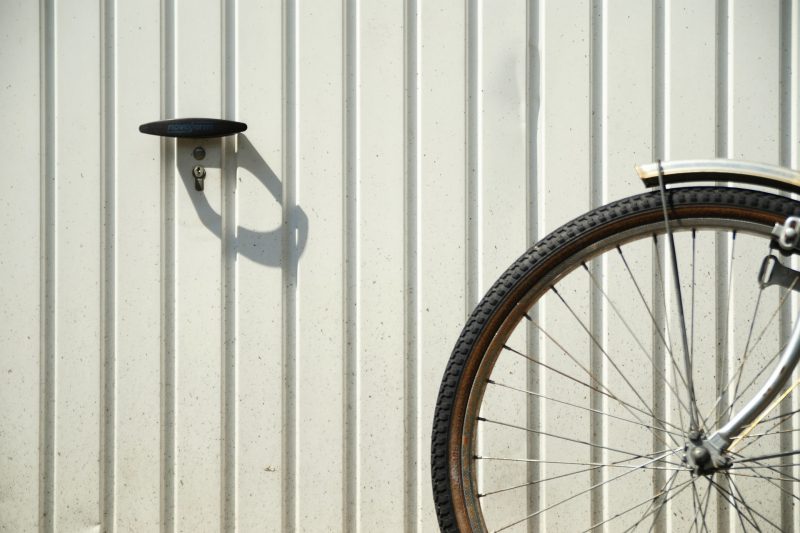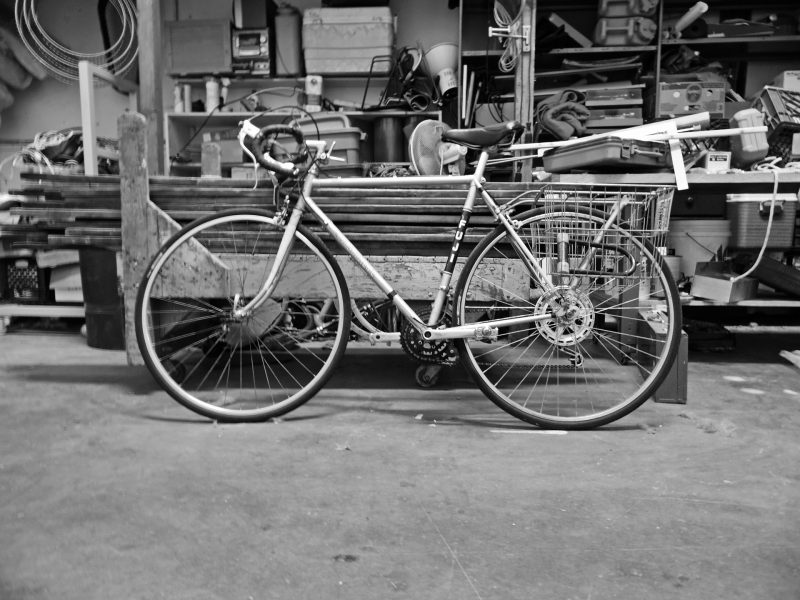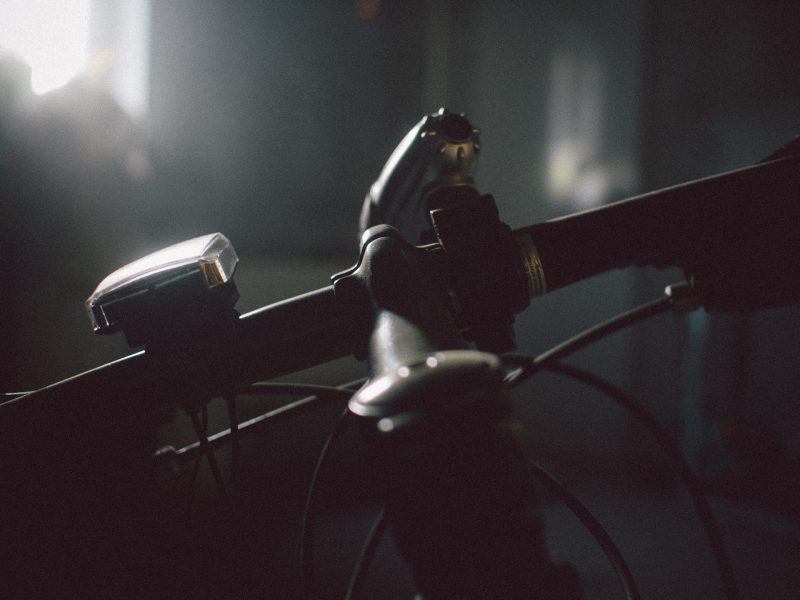Preparing your bicycle for long term storage
In order to get the most from your bike, you need to give some thought towards its care and protection from the elements. Bikes are outdoors machines, and exposure to the elements is an important factor when it comes to maintaining them over time. Storing bikes in the winter, in places where the possibility of a damp environment is present, must be done in a way that ensures the optimum condition of your bike. There are many things that you can do to prevent your bike from deteriorating while in storage, especially if your bike isn’t used much due to adverse winter weather conditions.
Inflating the Tires

You are likely going to be leaving your bike for an extended period, probably all through the winter. It is, therefore, a good idea to make sure the tires of your bike are kept inflated. If your tires are flat, leaving them like that for any extended period will cause lasting damage. All through winter, the weight of the rim will exert pressure on the tires and tubes, causing them to lose strength and doing unnecessary damage. Inflate your tires and save yourself some money – there’s no need to be buying new tires when spring comes calling.
Wipe the Frame
It is never a good idea to use a strong hose to clean your bike, even though it seems the only natural and perhaps the most practical method to do so. However, you do need to use to other gentler, and perhaps time-consuming methods to ensure your bike is thoroughly cleaned and dried before you put it away for storage. So what’s the right way to do it? Well, start off by using a soft-bristled brush and clear off all the mud and other external dirt from the frame and wheels of your bike. Then get a rag and wipe down the places you scraped using a brush.
This way you will get rid of most of the mud and damaging material that you don’t want to leave on your bike over the winter period. Now shift your focus to the hidden corners of the bicycle, such as areas around the drive chain. Target the areas where you grease your bike since lubrication can attract a significant amount of dirt that can damage the machinery if not dealt with adequately.
Inspect the Frame
While you are down there trying to wipe clean the frame, you might as well take the time to inspect the frame for any signs of structural damage. It is quite possible that the frame has been damaged, but it’s not visible from the vantage point of the rider, but when you get up close enough you can spot it, and deal with it. What you will ideally be looking for is the structural integrity and overall soundness. Any sign of cracks and fatigue especially near the weld spots or on the bottom bracket may require your urgent attention.

Remember that the frame ultimately serves as the foundation for your bike, essentially keeping the entire structure of your bike together. It is due to this characteristic of the frame that it is more prone to stress, although the amount of stress will be dependent on the nature of riding you do.
Wipe Down Saddle, Tires, and Handgrips
This isn’t so much an important factor regarding the structural and mechanical well-being of your bike, but it does affect its appearance. You can get a whole range of different products that target the appearance and protection of some of the most vulnerable parts such as tires, handgrips, and saddle. You can either opt for various cleaning pastes that will enhance the shine of the relevant parts, or you can go for more protection and safety and get covers that are soft, attractive and protective at the same time.
It is unlikely that you’ll neglect paying attention to the condition of your bike once you start riding and hitting your targets once the good weather arrives, but just before the winter sets in when you are done with the years adventures, you will have more time at your disposal to undertake the tasks needed to maintain the appearance and overall health of your bike.
Inspect Brake pads and wheels

When you are riding your bike, either on a pavement in your neighborhood or on treacherous terrain in the wilderness where you are on your own, your best friend will be your brakes. Often the difference between a smooth ride and a painful one, or worse, a potentially fatal crash, is a set of good brake pads. Before you leave your bike to hibernate, it is always advisable that you inspect the wheel and how it’s contacting with the brake pads. Spin the wheel hard and look out for any odd swirling or rubbing of the wheel with the brake pads.
If your wheel is acting abnormally, it’s time to take your bike to a bike repair shop. Thoroughly inspect your brake pads for any wear and tear – you need your brake pads to be in good working order if you want to avoid any unforeseen mishaps.
If you have any comments then please drop us a message on our Outdoor Revival Facebook page
If you have a good story to tell or blog let us know about it on our FB page, we’re also happy for article or review submissions, we’d love to hear from you.
We live in a beautiful world, get out there and enjoy it. Outdoor Revival – Reconnecting us all with the Outdoors.





